
Choices of food shape and reshape our palate with every bite. Therefore, The food decisions we make now aren’t just about satisfying hunger; they’re about planting seeds for a garden of flavours that will blossom over time. In this exploration, we’ll uncover the complex processes and factors that weave together, moulding our future culinary preferences through the choices we make today. The individual responses to taste are dynamic, and some factors may be beyond your control. However, understanding and incorporating the following strategies into your lifestyle can contribute to overall taste bud health and sensory enjoyment. Check out the important strategies and 15 ways to shape the future sense of taste.
1. Yesterday’s food shapes today’s sense of taste
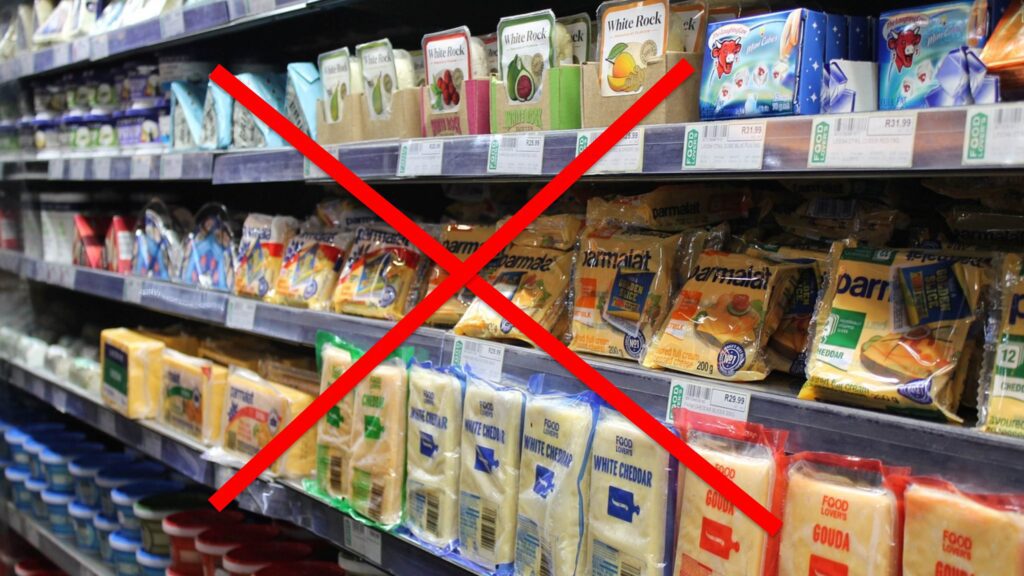
Our culinary adventure isn’t merely a spontaneous expression of immediate desires. Instead, it’s a construction project, with each meal as a brick in the foundation of our evolving taste landscape. Have you ever wondered why you can’t resist that slice of cake or crave certain flavours over others? Well, it turns out, that our taste preferences have deep roots in our evolutionary past. According to a study, what we find tasty today is influenced by the ecological niches our ancestors occupied and the nutrients they sought. Early hominoids, hanging out in tropical forests, likely chowed down on fruits and leaves, using their taste senses to spot the nutritious stuff.
Choosing the right kind of food matters, and our ancestors knew it too. Picking the wrong menu could lead to energy shortages or even make you sick. Think of it as a survival guide for your taste buds. But, with our love for sugary, salty, and fatty foods, we’ve got to be careful. Too much of a good thing can desensitize taste buds and lead to modern-day problems like obesity and diabetes.
2. Why should we prefer sweet and sour?
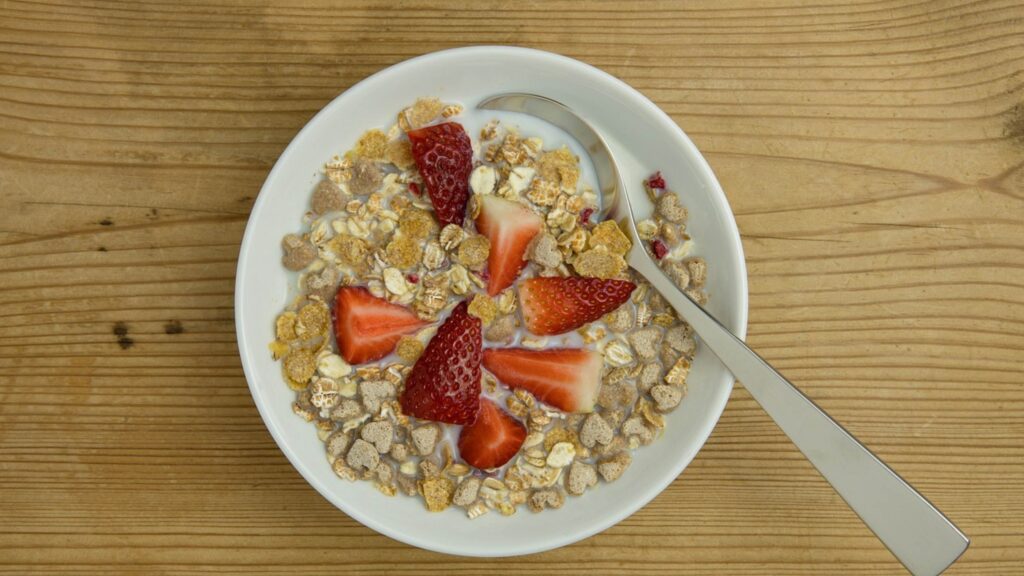
Interestingly, our food journey isn’t just about the past; it shapes our future cravings. While we’ve expanded our menu, the love for sweet and sour, especially in fruits, lingers – a trait we share with our big ape relatives. Fruits aren’t just tasty; they pack a punch with natural sugars and health-boosting vitamin C.
Here’s a twist in our taste tale – a special gene called AMY1. It’s our secret weapon for digesting starchy foods. This gene might have evolved because our ancestors started munching on starchy goodies like tubers. Fast forward to today, and some people have extra copies of this gene which means better digestion of starchy delights.
Therefore, food choices should be personal and can’t be generic. Often it has been noted that people follow the diet chart without understanding their body requirements. As a result, they lose their taste bud and don’t find food tasty. Remember, everyone has gone through a different process of evaluation.
So, choose the food you can easily digest and it should be based on your cultural preferences. Don’t copy fascinating food from your neighbours without understanding your culinary state.
3. Should we have dynamic culinary preferences?
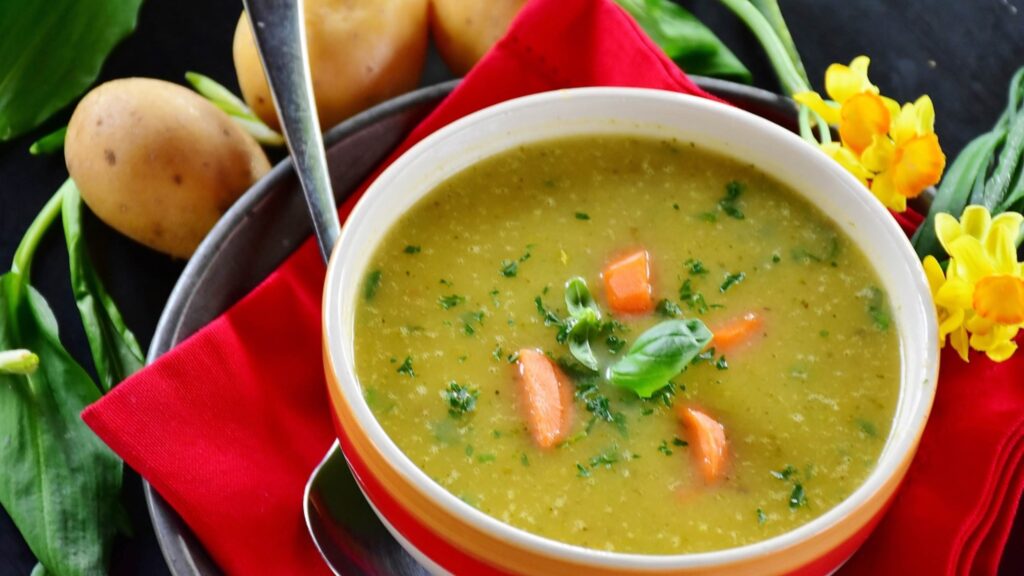
Our taste buds are on a journey, always changing and adapting. What we eat today plays a big role in shaping what flavours and textures we’ll crave tomorrow. It’s like a culinary adventure that showcases the complexity of how we perceive and experience food.
Culture is a major player in this taste game. Research tells us that exploring diverse cuisines and flavours enriches our palates. Those who regularly enjoy international foods tend to develop more refined and versatile taste buds. So, the cultural buffet we indulge in today has a lasting impact on the flavours we’ll love in the future.
Let’s talk tech – it’s shaking up the food scene! Techniques like molecular gastronomy and 3D food printing are pushing the limits of what we can create and savour. Imagine using 3D printing to craft intricate chocolate sculptures – it’s not just about looks; it introduces new textures and flavours to the mix. Therefore, these tech innovations in food prep can cook up novel tastes and preferences.
4. Personalize your food choices
Individuals who personalize their meals develop more unique and refined taste preferences. Personalization allows us to explore various ingredients and flavours, leading to a deeper appreciation for cooking and gastronomy art. Therefore, food personalization is challenging since it depends on many factors including digestion and gut microbiota.
5. Balance nutrition and flavour
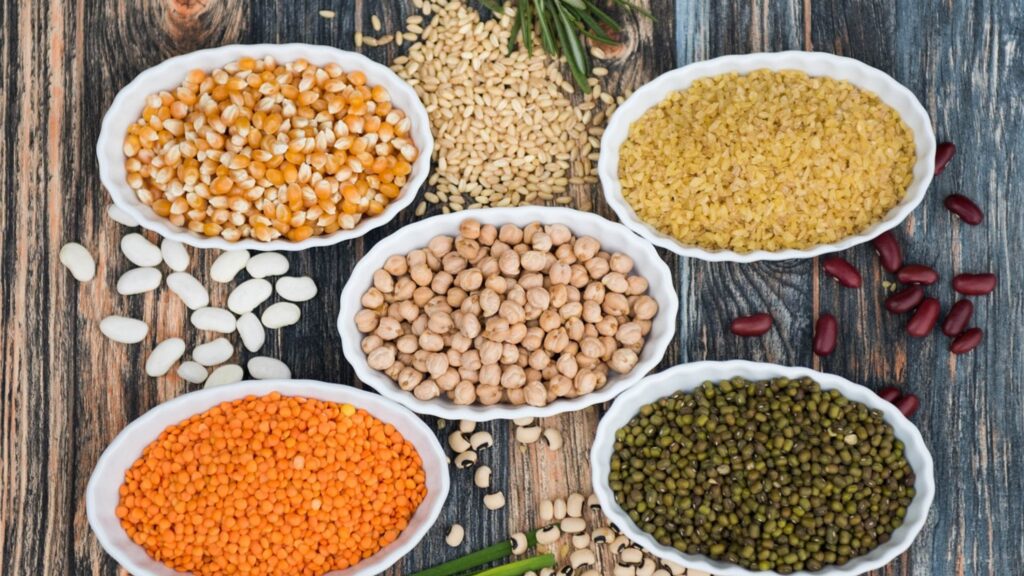
People are now focused on living healthier lives, and it’s changing the way we eat. Nutritious foods are not just good for health it is most crucial among the 15 ways to shape the future sense of taste preferences. So, picking nutritious and tasty foods isn’t just good for our bodies; it also helps us develop a more refined taste.
6. Inter-connectedness of food and memories
Our sense of taste is intricately tied to emotional experiences, cultural traditions, and personal memories associated with specific dishes. Positive emotions linked to joyful gatherings or cultural significance can elevate the dining experience. Nostalgia, triggered by familiar foods, can transport us to moments in time, adding a layer of warmth to the culinary experience.
Neurologically, recalling memories connected to food activates the same pathways as the initial experience, intensifying taste perception. Individual experiences, both positive and negative, contribute to shaping taste preferences, and the social context in which we eat further influences our perception of flavour. Recognizing and leveraging the interplay between food and memories allows for a richer, more meaningful gastronomic experience beyond the plate.
7. Sustainability and ethical food choices
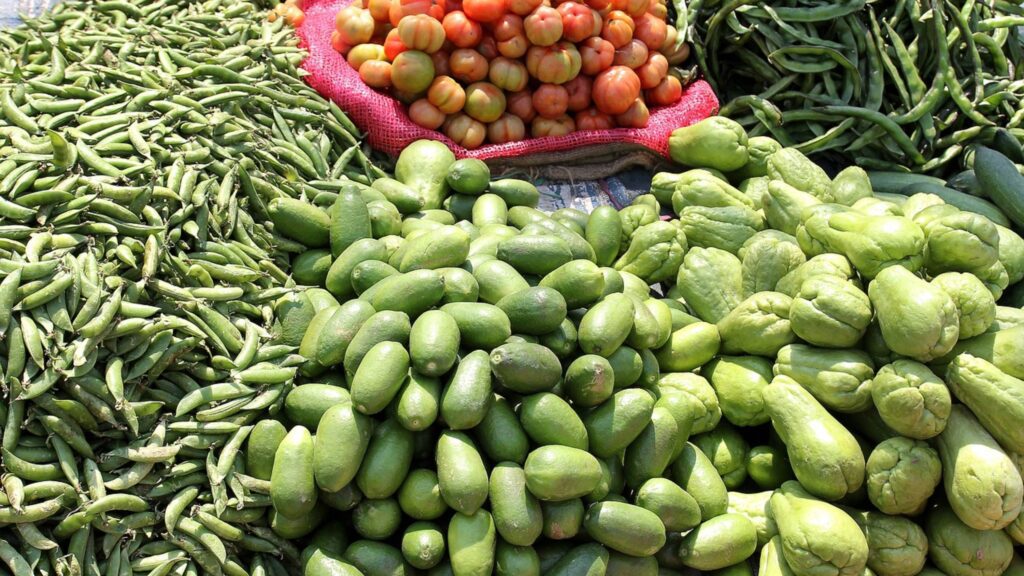
Fresh, organically grown, and high-quality food ingredients harvested at their peak contain balanced flavour. Moreover, it can enhance the nutrient content of food, influencing its taste in a wholesome and natural way. Additionally, ethical considerations in food choices, such as supporting fair trade and humane treatment of animals, contribute to mindfulness and satisfaction in culinary experiences. It can be noted that the food consumed is produced with care and respect for the environment and workers create a positive mental association, enhancing the overall enjoyment of the meal.
The quality of ingredients in sustainable and ethical choices can impact taste buds. Fresh, locally sourced produce often contains higher concentrations of natural sugars, vitamins, and minerals, intensifying the taste experience. The absence of harmful chemicals and pesticides can contribute to a cleaner, more authentic flavour, allowing the true essence of the ingredients to shine.
8. The art of cooking

The art of cooking is a key player in making food taste great, impacting our taste buds directly. It goes beyond just following a recipe; it’s about being creative, paying attention to details, and understanding flavours. A good cook uses techniques like searing, roasting, or braising to bring out the best ingredients, making the taste more nuanced and enjoyable.
Balancing flavours is another crucial aspect. A skilled chef balances sweet, salty, sour, bitter, and umami flavours to create a satisfying dish. This balance is what makes a dish from being okay to something extraordinary.
Creativity in pairing ingredients is also part of the cooking art. Trying out different combinations of flavours can make the taste buds happy with unexpected and delightful surprises. Attention to detail matters too, from how ingredients are prepared to how they’re presented. Small things like precise knife cuts or well-timed seasoning can make a big difference in the final taste. In addition, include balanced herbs and spices in your cooking. They not only add depth and complexity to your meals but can also stimulate your taste buds.
Presentation and aesthetics also play a role in how we perceive taste. The way a dish looks, its colours, and its textures add to the overall experience, making the meal more enjoyable.
To get better at the art of cooking and improve how it affects taste buds, there are a few things to consider. First, keep learning and experimenting with new techniques and ingredients. Trying out different cuisines can expand your flavour palette. Seeking feedback from friends or family, helps you understand where to improve. Being mindful while cooking-paying attention to smells, textures, and flavours-can lead to a more thoughtful approach to enhancing taste.
9. Explore global culinary trends
Different foods stimulate different taste receptors. Since, different flavours, textures, and cuisines keep your entire set of taste buds engaged. Each country has unique flavours, like spicy or sweet, and special ways of cooking, such as stir-frying or slow-cooking. Therefore, exploring these global flavours adds excitement to your meals.
To make food experiences even better in the future, learn about different cuisines by taking cooking classes or looking up recipes online. If you can, travel to diverse places and try the local foods – it’s a fantastic way to discover new tastes. Challenge yourself to cook dishes from various parts of the world at home.
Also, consider cooking with people from different cultures. Sharing recipes and cooking together can open up a world of flavours. And don’t forget to eat mindfully. This way, you can enjoy and appreciate every bite. By staying curious and exploring global cuisines, you can make your food experiences more exciting and your taste buds will thank you!
10. Representation of food
Making food visually appealing with natural colours and presentation makes dining more enjoyable. To enhance food experiences try different plating styles and edible decorations, and consider eco-friendly practices like using reusable or biodegradable materials.
By being creative and mindful of presentation, we can make eating more enjoyable and continue discovering exciting ways to enhance the dining experience.
11. Trying something new
Individuals who embrace novelty in their food choices have a more adaptable palate. The excitement of trying new foods, whether it is an unusual fruit or a foreign dish, shapes our future taste preferences.
So, experiment with new foods and spices to expose your taste buds to different flavours. This can help enhance your palate and increase your sensitivity to taste.
12. Share your meal with others
Dining is not merely about sustenance; it is a social experience. Our interactions with friends and family, the stories shared at the dinner table, and the communal enjoyment of food significantly impact our choices. Sharing a meal with others enhances our connection to food, and this connection resonates in our future sense of taste.
13. Maintain Good Oral Hygiene
Brush your teeth at least twice and floss regularly to remove bacteria and food particles that can affect your taste buds. Use a tongue scraper to clean your tongue, as bacteria can accumulate on the tongue’s surface and impact taste. Therefore, it has been included in the top 15 ways to shape the future sense of taste.
14. Chew your food thoroughly
Chewing food thoroughly not only aids digestion but also allows your taste buds to fully experience the flavours of the food. Remember, the more you enjoy the natural flavours, the more you love eating due to your adaptable and dynamic palate.
15. Balanced taste enhancers
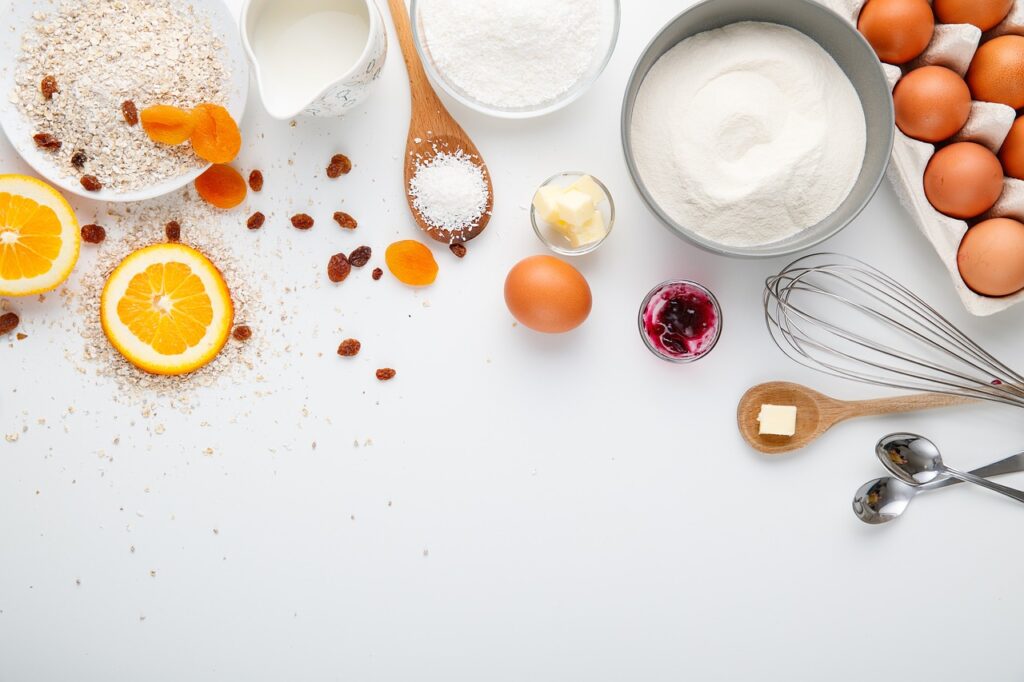
There are many natural and manmade taste enhancers used in food, especially in restaurants to attract more customers. Taste enhancers such as sodium glutamate, NaCl and sweeteners are often added to foods to add meaty/savoury, salty, and sweet properties. However, they don’t boost chemosensory. It can be noted that these molecules are also present in natural foods such as meat, fish, eggs, dairy products, tomatoes, corn and nuts. Therefore minimum taste enhancers in regular food may enhance taste in the future.
Conclusion
In conclusion, our present choices of food are more than just daily decisions; they are building blocks for our future sense of taste. Whether influenced by culture, technology, personalization, health, or sustainability, choices contribute to the ever-evolving world of culinary preferences. Understanding the intricate interplay between the above-discussed 15 factors and their long-lasting impact allows us to shape the future sense of taste
So, the next time you’re pondering your food choices, remember, that it’s not just about satisfying your taste buds – it’s a journey through time, shaped by evolution, survival instincts, and the delightful dance of flavours.

